I had a couple of conversations this week that inspired me to write this post. The first was with an old friend Richard Littlewood who was a committed large format photographer for many years, but who now uses a small Sony RX100 digital camera to shoot everything. We were talking about the advances in technology and how the camera companies are still claiming that the latest versions had excessive amounts of pixels etc as they continually do. Richard often prints his images up to 30 inches wide and finds that the little RX100 has plenty of detail at that size. ‘Why do you need more detail than that? What are you going to do with it?’ he was saying. This is obviously an old debate, but one that I have been absent from largely, because I am so fully immersed in film and darkroom.
The second conversation was about AI imagery and how realistic it is. Considering that AI has reached this point alarmingly quickly, what will the images it can create be like in five years? Probably indistinguishable from those taken on a top end digital camera I expect.
Project your mind forward 100 years. What will the people of that era find visually interesting?, what will they be searching for? What will they collect? I firmly believe that they will want prints. Not only that, they will want pictures that display the human element, pictures with imperfections, pictures that are obviously by the hand of a human. So instead of trying to impress the pixel peepers, go the other way. Shoot on a pinhole camera, don’t be afraid of the grain of 35mm, scratch your negatives, colour them in by hand, and so on…..
This unique print by Daiv Guest has been altered by locally applying bleaches and toners.
Now is the time to pull your gaze away from the magnetic pull of technology and to get physically involved in image making. Don’t dance to their tune, do things your own way and at the same time you will probably find that you have more fun and save money!
Here are some ideas;
Cameraless images are very hands on and produce unique prints. Simple images can be made by placing objects directly onto a light sensitive surface and giving a brief exposure. Mike Jackson has been exploring a variation of this technique for a decade and has a wonderful range of these images on his Instagram @mgjackson01
Mike Jackson.
Other methods of producing images with obvious traces of the artists hand are the alternative processes such as cyanotype, oil printing and gum printing, especially if the brush marks are included. Cyanotype is well known and pretty easy to do, but the pigment processes can produce prints that resemble etchings and charcoal drawings.
An oil print by Daiv Guest.
A two layer gum print in muted greys.
Pinhole.
Pinhole is an interesting and individual method of making images. When I began to get interested in pinhole photography there were no pinhole cameras that you could buy, everyone had to make their own from a cardboard box, tin or tube. The negatives were all sorts of shapes and sizes, often displaying marks along the edges where tape had been used to hold the light sensitive film or paper in the back. The fun I had, and the excitement I felt when I got an image from these was immense!
A 3x3.7 cm paper negative from a 35mm film canister pinhole camera.
Many years later I was offered a few one hour teaching slots at the local high school and I decided to do pinhole with them.
The first lesson was spent explaining the concept and technique, with some examples. On the second week the pupils brought in shoe boxes and began making them into pinhole cameras. There was no darkroom in the art department, so I had to take all of these boxes back to mine to be loaded up, to be exposed on week three. I then had to take them all back to my darkroom, process and contact print each one. When I took the prints in on the final week, the pupils were so excited and fascinated, and I was struck by the realisation that they all owned top of the range mobile phones that could take a sharp, full colour image and they were then able to send the image to the other side of the world in moments, but they got far more satisfaction and fun from making fuzzy pictures with a shoe box.
Justin Quinnell should be given far more recognition for his innovative pinhole work than he currently gets, he has pushed the boundaries of what is possible with pinhole, even shooting underwater. He has been making solargraphy cameras to record unique, very long exposures since around the year 2005. On Instagram he is @justin_quinnell
Collage is another process which is totally unique every time you try it. The final outcome is totally dependent on what existing images you can source. I own a few excellent examples by an old friend who goes under the name of rON cONDUCTOR.
drawing on prints.
Shortly after I left college, I did a series of prints on a textured paper, printing just a small section of the negative on the paper. After processing I returned the print to the baseboard under the enlarger and drew in the missing parts of the image for the projected negative.
I liked the look of it, but the technique got forgotten about whilst I was exploring other ideas. There is also a bit of hand colouring on the print, and that is another hands-on technique that I have enjoyed exploring over the years.
Agfa Record Rapid print with selective hand colouring.
A 20x16 inch print on Ilford Art 300 paper. hand coloured with dyes and colour pencils.
There are many other processes that can be employed, and even combinations of two or more would make the work even more individual. One of the printing methods that I really love to see (but don’t have any examples of) is liquid light, a normal photographic emulsion that can be coated onto many different surfaces.
Please comment if you have any process that you use to keep your work individual and real.
If you find my articles interesting or useful, please spread the word to anyone you can think of who would be interested.
If you have enjoyed this post and the information here and elsewhere on my Substack and you would like to support me, you can subscribe or just buy me a coffee at Ko-fi.com/andrewsandersonphotography You can send as little as £3.00, or more if you are feeling generous. This money goes towards materials used for the tests and printing for these articles. Alternatively you can be a paid subscriber.
Thank you for reading, please let me know your thoughts.
Andrew Sanderson June 2025.
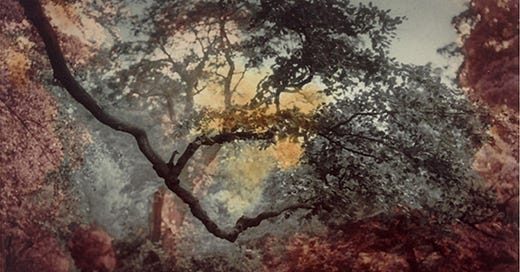






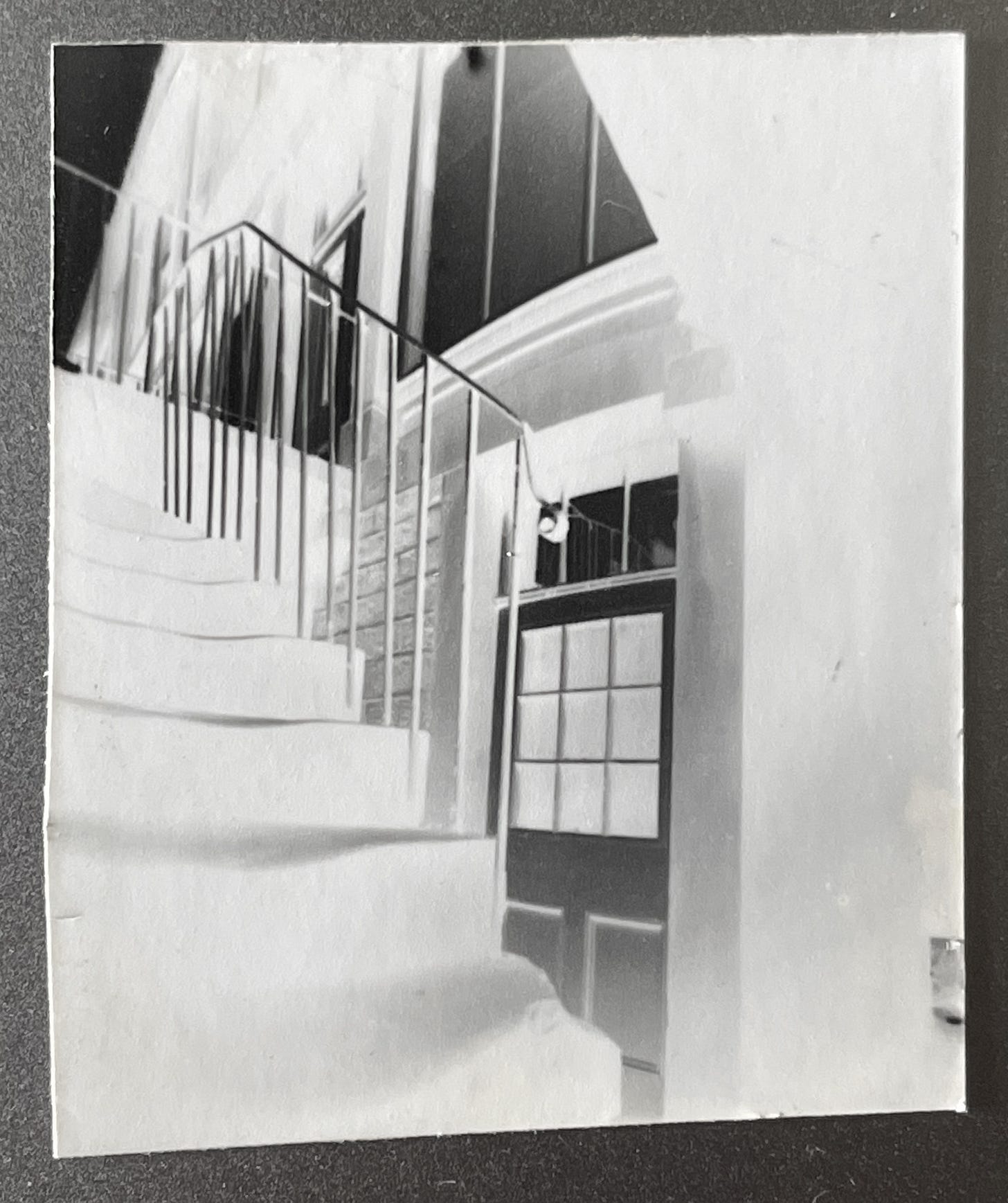

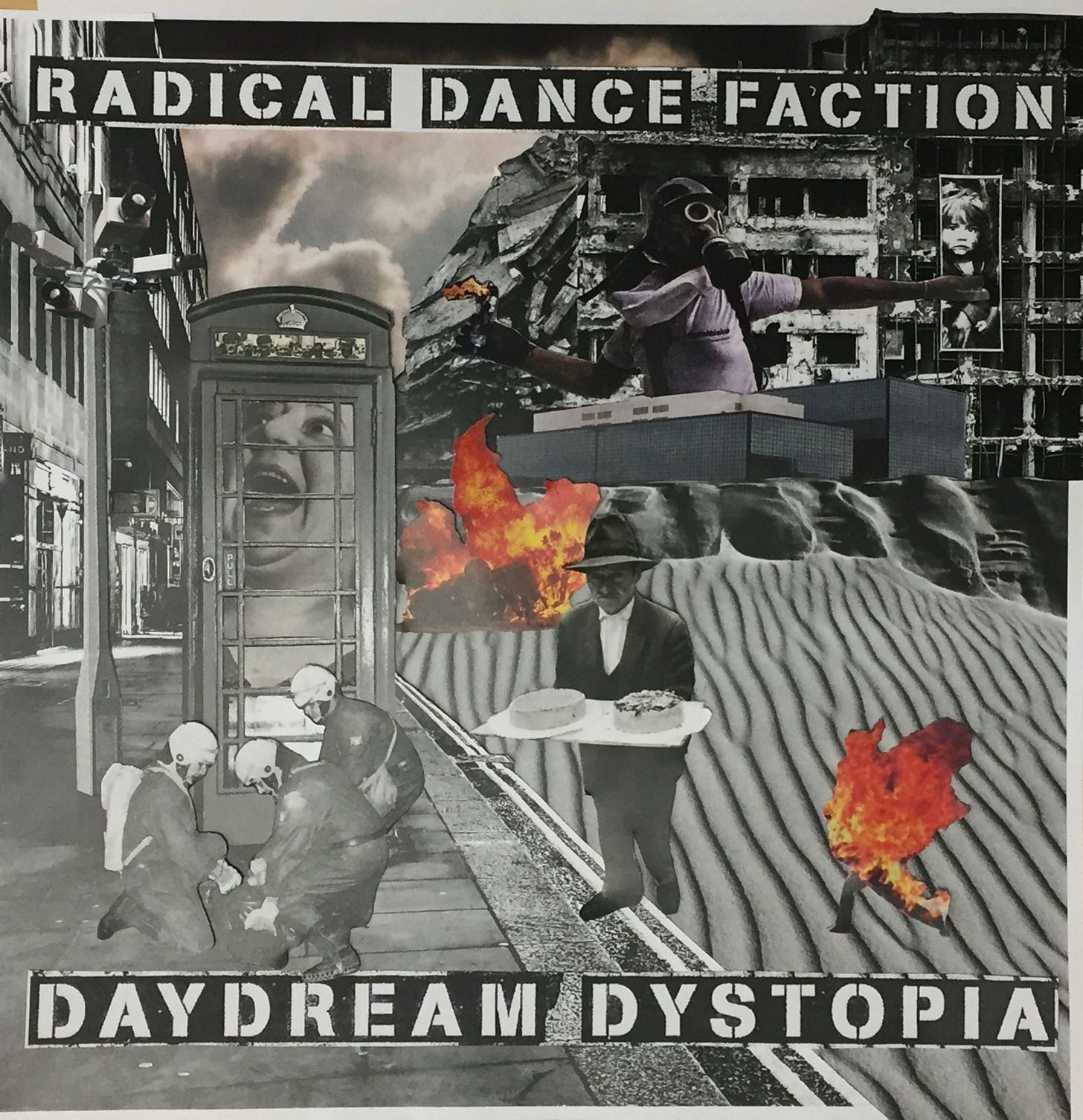
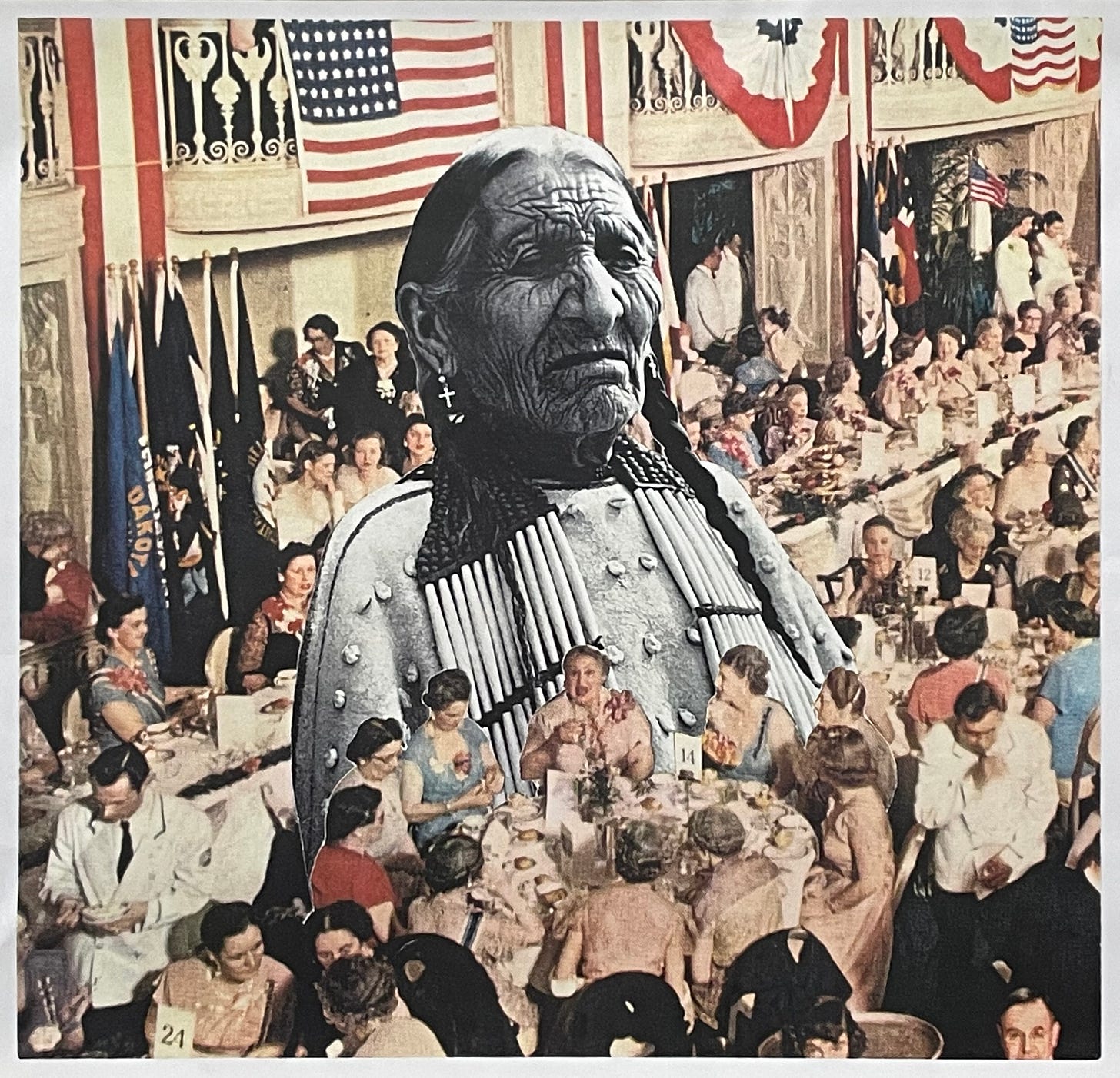
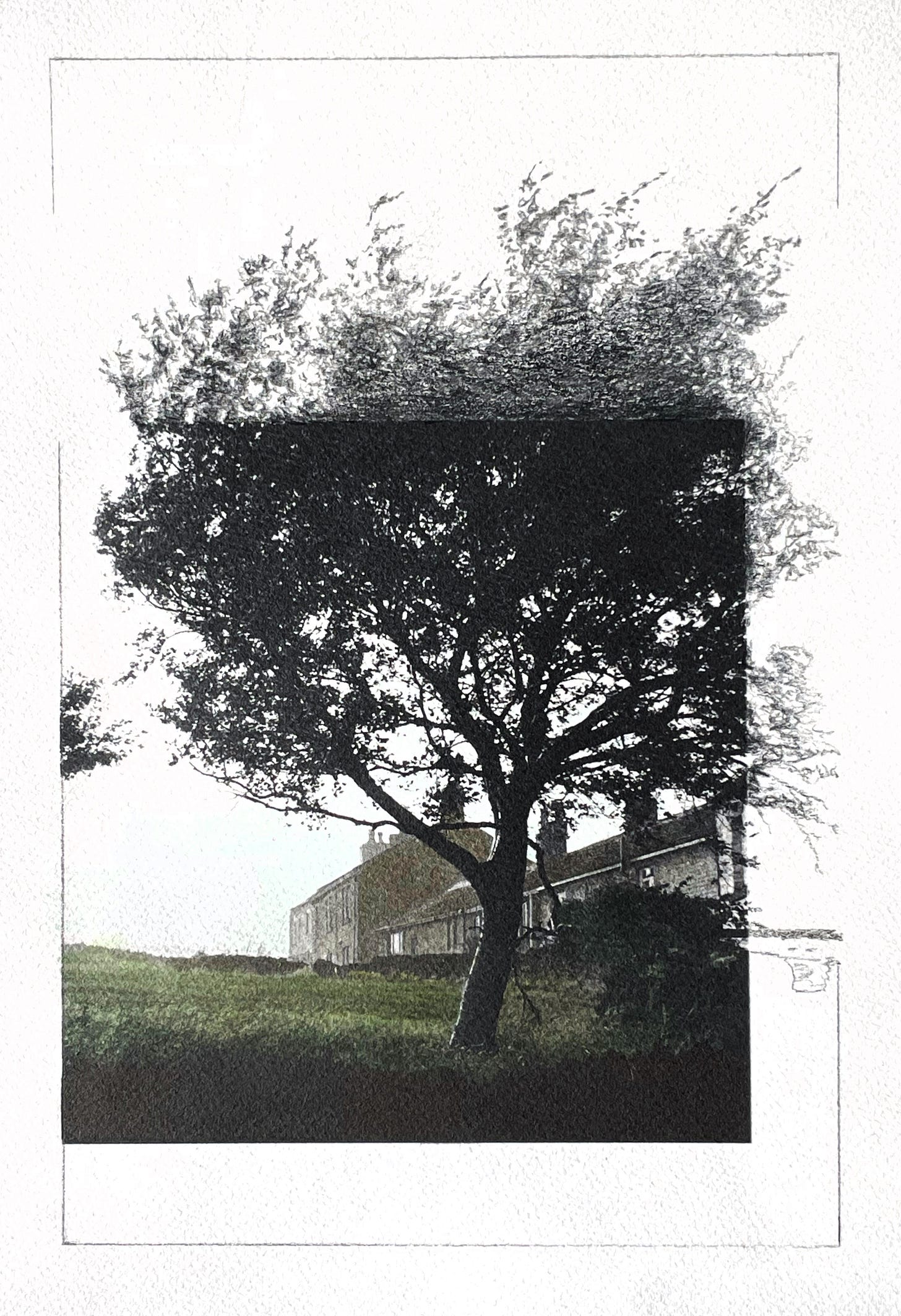
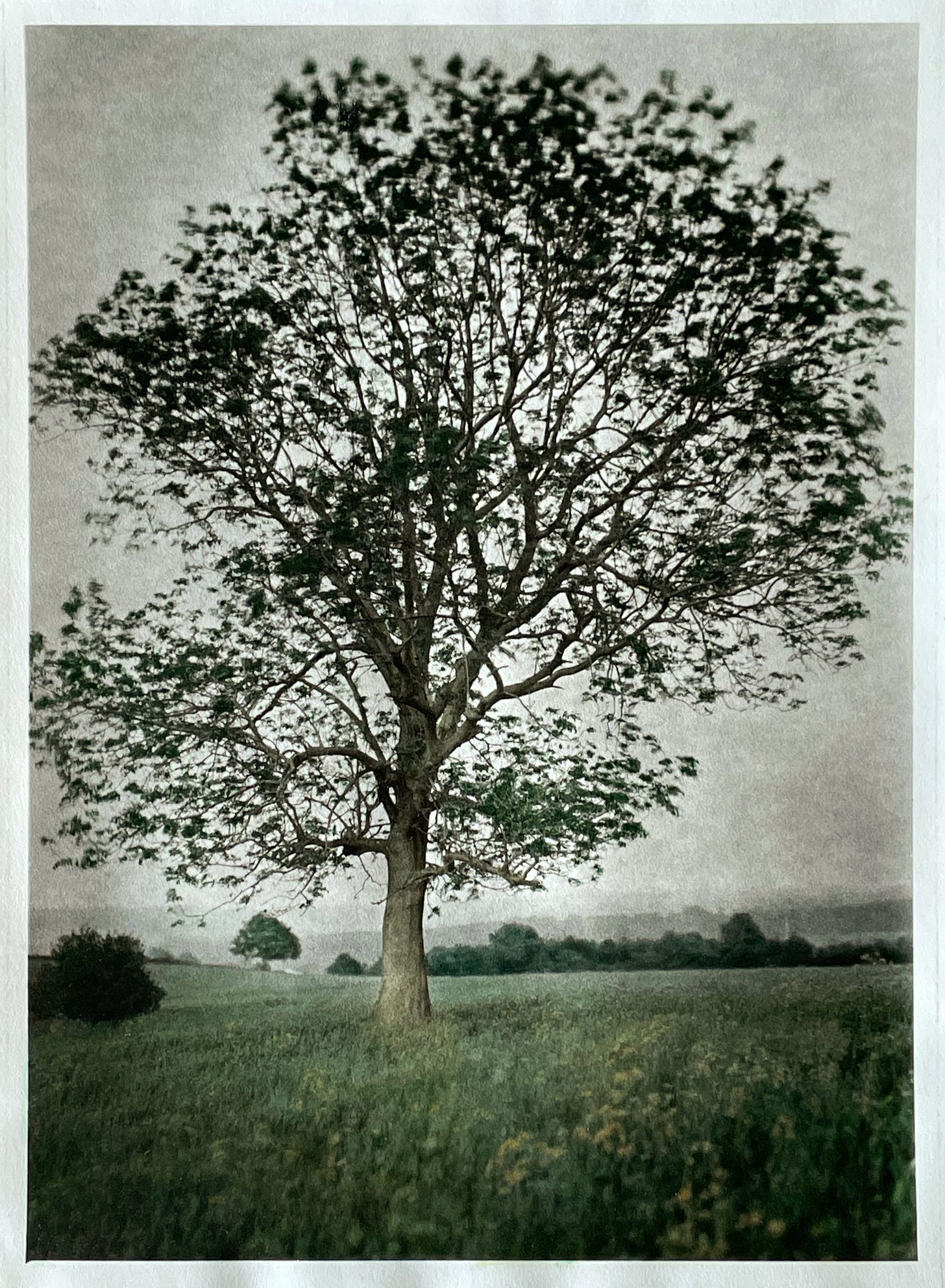

The urge to create is human; the execution involves technology at some level, especially in photography. The desires to look upon images and to have them at hand are human; that such images exist beyond the unique experience of seeing them so they can be shared and abide involves technology.
The human urges are the primal material and the ones we should always focus on. These have existed in us and with us throughout time, in at least our meager understanding of ourselves through time. The technology has never stopped changing over that time.
Even the former large format gear of your friend represents a very advanced technology; digital capture and AI more so. Both of these fill niches in the changing image needs in a culture, but they are always secondary to the human urges.
Your experience with teaching reveals that. You are right to focus people on the human urges, to create with whatever technology fulfills their purpose in image making, to see how the “hand” affects the image and better fulfills both the urge to create and its subsequent, gratifying, desire to retained.
I agree 100 percent. I’m not even sure my digital pictures even exist.